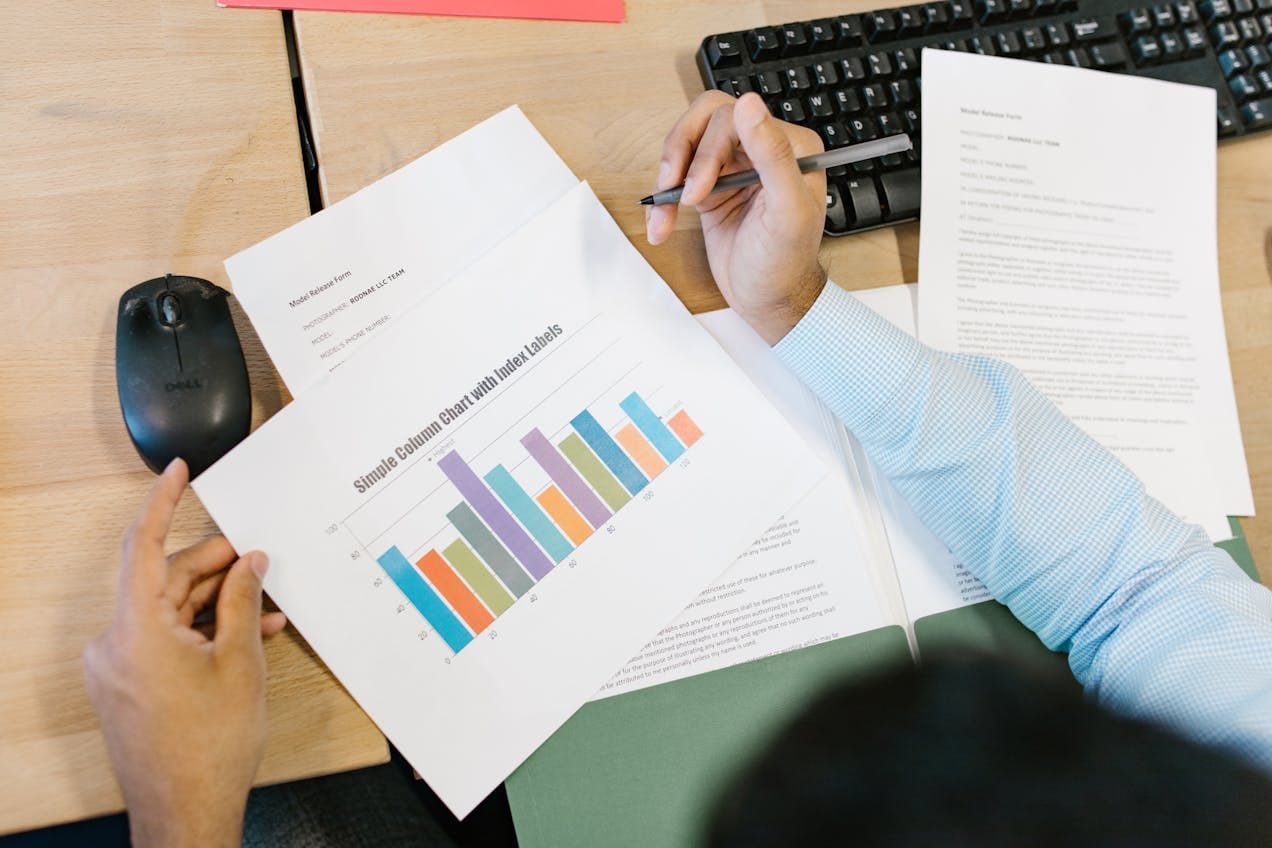
6-Figure Shopify Brand from Zero
Turning a passion project into a six-figure Shopify brand is achievable—even if you’re starting with zero sales. Beyond marketing and product-market fit, savvy tax planning from Day 1 can supercharge cash flow and protect your bottom line. This guide walks you through the essential steps to launch, scale, and optimize a six-figure Shopify brand in 2025, with tax-smart strategies built in.
Tax Code References
- Ordinary & Necessary Expenses (IRC § 162): Deduct marketing, software subscriptions, and shipping as business expenses.
- Inventory Valuation (IRC §§ 471 & 263A): Capitalize direct product costs and allocable overhead into inventory until sold.
- Section 179 Expensing (IRC § 179): Immediately expense qualifying equipment (e.g., label printers, workstations).
- Qualified Business Income Deduction (IRC § 199A): Pass-through entities may deduct up to 20% of qualified net income.
- Self-Employment Tax (IRC § 1401): Net earnings from your brand are subject to Social Security and Medicare taxes—minimize via entity election.
Relevant Forms
- Form SS-4: Apply for your EIN to open business bank accounts and file taxes.
- Form 2553: Elect S-Corp status by March 15 to reduce self-employment tax.
- Form 1040, Schedule C: Report gross receipts, COGS, and ordinary expenses.
- Schedule SE: Calculate self-employment tax on net earnings.
- Form 4562: Claim Section 179 and depreciation for equipment.
- Form 8995/8995-A: Compute your 20% QBI deduction.
- Form 1040-ES: Pay quarterly estimated taxes to avoid underpayment penalties.
Detailed Example
Scenario:
- Brand: EcoStyle Co. (sustainable apparel)
- Year 1 Projections (2025):
- Gross Sales: $150,000
- COGS: $60,000 (inventory, freight, packaging)
- Marketing & Software: $30,000
- Equipment Purchase: $5,000 label printer (Section 179 eligible)
Tax Impact:
- COGS Deduction (§ 471/263A): $60,000 on Schedule C.
- Ordinary Expenses (§ 162): $30,000 marketing & software.
- Section 179 (§ 179): $5,000 immediate expense via Form 4562.
- Net Income Before QBI: $150,000 − $60,000 − $30,000 − $5,000 = $55,000
- QBI Deduction (§ 199A): 20% × $55,000 = $11,000 additional deduction.
- Self-Employment Tax (§ 1401): ~15.3% on $55,000 → $8,415 via Schedule SE (reduced if S-Corp).
Step-by-Step Launch & Scale Guide
- Validate Your Niche & Products
- Use tools like Google Trends, Keyword Planner, and competitor audits to confirm demand and margin potential.
- Form Your Entity & Get an EIN
- File a single-member LLC; apply for EIN with Form SS-4. Consider S-Corp election (Form 2553) by March 15 for tax savings.
- Set Up Shopify & Integrations
- Configure your store, payment gateways, and install apps for email, reviews, and analytics.
- Establish Inventory Costing
- Choose FIFO or weighted-average in your accounting software; capitalize per IRC §§ 471/263A.
- Invest in Marketing & Automate
- Allocate ad budgets, launch email flows, and set up UTM tracking to monitor ROI.
- Purchase & Deduct Equipment
- Buy label printer, scanner, or workstation; elect Section 179/bonus depreciation on Form 4562.
- Monitor Cash Flow & Margins
- Reconcile daily sales, COGS, and expenses; adjust ad spend and pricing for 30–40% gross margin.
- Handle Sales Tax
- Register for permits in nexus states; enable Shopify’s tax settings or integrate tax software; file returns quarterly or monthly.
- Pay Estimated Taxes
- Use Form 1040-ES deadlines (4/15, 6/15, 9/15, 1/15) to keep the IRS happy.
- Review Quarterly & Optimize
- Analyze P&L, inventory turnover, and tax projections; refine operations and tax elections as revenue scales.
Conclusion
Launching a six-figure Shopify brand from scratch requires more than great products—it demands tax-savvy planning at every stage. By structuring your entity, capitalizing inventory properly, leveraging Section 179, and maximizing your QBI deduction, you’ll keep more profit in your pocket and scale sustainably in 2025.
Strong Call to Action
Don’t leave money on the table—get your six-figure growth and tax plan today!
Book your free strategy session with CPA Anshul Goyal and unlock a customized roadmap to profitability.
Book Your Free Strategy Session
Disclaimer
Anshul Goyal, CPA, EA, FCA, is a licensed Certified Public Accountant in the United States and an Enrolled Agent before the IRS. He represents clients in tax planning and e-commerce compliance. This blog is informational and not a substitute for professional advice.
About Our CPA
With over a decade of U.S. and international tax expertise, Anshul Goyal helps Shopify entrepreneurs structure their businesses, maximize deductions, and scale profitably—saving thousands in taxes.
Frequently Asked Questions
1. When should I elect S-Corp status?
By March 15 of the year you want the election to take effect (for 2025, file by 3/15/2025).
2. What qualifies for Section 179?
Tangible personal property used >50% for business, placed in service by December 31.
3. How do I calculate COGS under IRC § 263A?
Include both direct costs (product, freight) and allocable indirect costs (storage, prep).
4. Can I deduct software subscriptions?
Yes—as ordinary and necessary business expenses under IRC § 162.
5. How much should I set aside for estimated taxes?
Aim for 25–30% of net pre-tax income, adjusted quarterly based on profitability.
